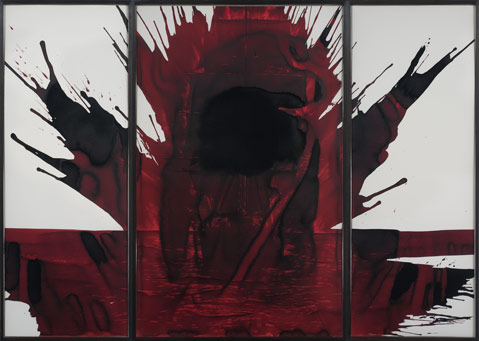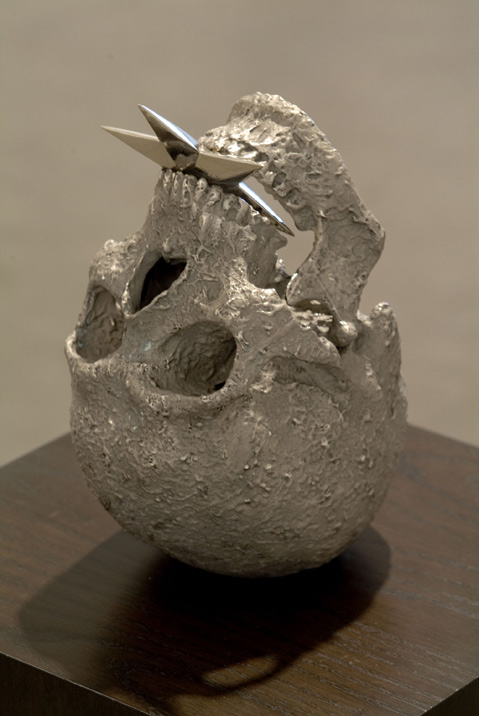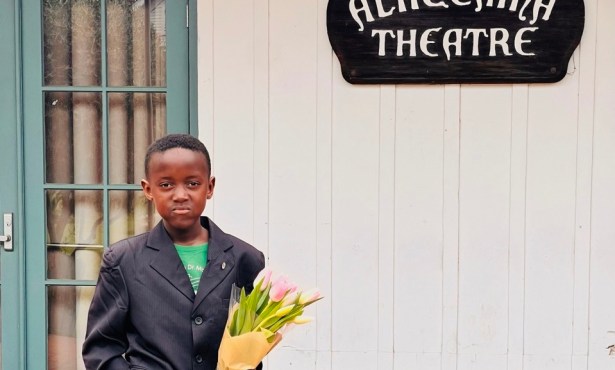Tony de los Reyes Shows Chasing Moby-Dick at SBMA
Contemporary Art Exhibit Riffs on Melville’s Classic Novel

In one view of history, aesthetic forms can at times come to define the eras in which they flourish. Think of the starkness of ancient Greek tragedy, the elaborate beauty of the altarpieces and frescoes of the Italian Renaissance, or the simple poetry of early American silver and furniture—each captures an essential aspect of the time and of the place where they were made. For the American 19th century, one crucial defining aesthetic form was the novel. By celebrating the value of an individual’s perseverance against the backdrop of the seemingly limitless horizons offered by an emerging democracy, great American novels such as The Adventures of Huckleberry Finn, The Scarlet Letter, and Moby-Dick succeeded in making the romance of American life into an epic of heroic self-reliance.
Yet at the core of this cultural confluence of literary genre and personal aspiration there remains the duplicity and horror of something “other” that is not so easily assimilated or contained. The greatest exemplar of this otherness at the heart of the American novel is Herman Melville’s Captain Ahab, the obsessive chaser of the white whale, Moby-Dick. By choosing to follow Ahab and “chase” Moby-Dick in his visual art practices over the last five years, Los Angeles-based artist Tony de los Reyes has grafted another branch onto the root of Melville’s great book, and in the process himself become a larger, more heroic figure, as well. The current exhibition of de los Reyes’s work in the Sterling Morton East/West Gallery of the Santa Barbara Museum of Art reveals an expansive, open-ended, and thought-provoking engagement not only with Melville’s great book, but also with the history and political identity of the United States.

For de los Reyes, it all starts with the ship. Whether he is thinking about the Pequod as an allegory for the ship of state, or the modern factory, or as the fragile bark of our national consciousness adrift on a sea that’s in constant flux, the artist makes extravagant images of an ocean-going existence part of his work’s worldview. In “The Needle” (2010), de los Reyes uses ink and oil on linen to create a monumental sign that’s shadowed by an upper foreground of tangled lines. Time and again, these works insinuate the viewers’ position into their composition, suggesting that “at sea” there is nowhere to stand that’s not implicated by the vessel of our collective journey. Taken together, the various objects and images de los Reyes has created make a convincing case for the continuing relevance of Melville’s disturbing literary vision.



